Some plants have a way of catching your eye and holding it, and barberry is easily one of them. These shrubs pack a punch with their rich color and the knack for thriving just about anywhere—be it in a sun-soaked corner of a garden or a cozy spot in partial shade.
Image credits: _Alicja_
This guide is your go-to resource for getting up close and personal with barberry bushes. We’ll delve into the unique traits of varieties like the European and Japanese barberry, reveal their impressive health benefits, and touch on the reasons why some regions even put a ban on them. Last but not least, get tips on how to care for barberry shrubs.
By the end of this guide, you’ll have a comprehensive understanding of why barberry bushes are such a favored choice for diverse garden landscapes!
Benefits of Barberry: Why You Should Grow It
Barberry is nature’s wellness booster. It’s great for keeping blood sugar levels in check, making it a garden must-have for anyone interested in natural health solutions. Moreover, there’s evidence that it supports heart health and in managing those tricky metabolic syndrome issues.
In case of tummy troubles, barberry has got your back, too. It’s been a go-to remedy for all sorts of digestive upsets (like diarrhea) from way back, used by both Native Americans and in Chinese traditional medicine.
Moreover, it’s gentle on your teeth and gums as an anti-inflammatory. While research is limited, ongoing studies are investigating its potential anti-cancer properties and benefits for skin conditions like acne.
Image credits: yoksel
The best part? You can enjoy barberry in so many fun ways. Pop some fresh berries in a salad for a tart twist, stir up some barberry jelly for a delicious spread, brew a comforting cup of barberry tea, or explore the benefits through capsules, tablets, and even ointments. The possibilities are as varied as they are exciting!
RELATED: 20 Best Herbs To Grow At Home (Even If You’re A Total Beginner)
The Other Side Of The Coin: Why You Should Avoid Barberry
Barberry bushes are not all sunshine and roses. They come with a few aspects that might make you reconsider planting them.
Take Japanese barberry, for instance. This variety is deemed an invasive species in several states, including Pennsylvania, Maine, Minnesota, and New York, where it used to compete with native plants and disrupts local ecosystems. It has also been linked to the proliferation of ticks, which can spread Lyme disease.
Image credits: Andrew_sh
Health-wise, barberry is not recommended for infants, if you’re expecting, or breastfeeding. It might also clash with some medications, so a consultation with your doctor is wise before you include it in your health routine.
A barberry shrub might dazzle in the garden, but knowledge is key to making the best out of it with awareness. It’s all about making informed choices for a happy, healthy garden and community.
RELATED: 30 Most Common Types Of Weeds In Gardens And How To Control Them
Barberry Varieties
European Barberry (Berberis vulgaris)
Image credits: max_comlv
The European barberry, or common barberry, is a classic choice for gardeners who love a blend of history and horticulture. This variety, often found in the wild across Europe and Western Asia, is known for its deciduous foliage and red berries.
The European barberry typically grows to a modest height, making it a perfect fit for garden borders or as a standalone feature. In spring, it adorns itself with small, yellow flowers, giving way to bright berries in the fall. Aside from being a visual treat, these berries have historical uses in cooking and traditional medicine.
Things you should know❗
As mentioned, European barberry comes with a bit of a history. This plant has been implicated in spreading wheat rust, a disease that affects cereal crops. Because of its role in this agricultural issue, it’s been subject to bans and regulations in some regions. We invite you to check your state regulations before considering purchasing European barberry.
Japanese Barberry (Berberis thunbergii)
Image credits: AKuptsova
The Japanese barberry is known for its vibrant colors and adaptability, thus becoming a favorite in many gardens.
What sets Japanese barberry apart is its striking foliage that changes with the seasons. In spring, it has bright green leaves that turn into deep burgundy and red hues in the fall. This barberry variety is also incredibly hardy, thriving in a range of environmental conditions.
Cultivars to explore
‘Orange Rocket’ Barberry: This cultivar is a real showstopper! It boasts unique upright growth and brilliant orange leaves that intensify in color through the seasons.
Image credits: natevphotos
‘Crimson Pygmy’ Barberry: Ideal for those who prefer a more compact shrub, the ‘Crimson Pygmy’ Barberry offers a dense growth of deep red leaves that add a touch of elegance to your garden space.
Image credits: goreth1
Things you should know❗
While the Japanese barberry is a garden favorite, it’s not without its issues. Notably, in some regions, this variety has been identified as invasive. Its ability to spread quickly and dominate spaces means it can outcompete native plants, which is why it’s been subject to regulations or even bans in some areas.
Its dense foliage can also create ideal conditions for ticks, increasing the risk of tick-borne diseases like Lyme disease. Check local regulations before planting this variety to make sure you’re adhering to environmental guidelines and contributing positively to your local ecosystem.
American Barberry (Berberis canadensis)
Image credits: GAIMARD
American barberry, a native gem of Eastern North America, boasts an elegance that is sure to stand out in your garden. With its upright and multi-branched form, this barberry variety is known for its spiny green leaves, reddish-brown stems, and small yellow flowers.
This plant’s hardiness is noteworthy, adapting well to various soil conditions and flourishing in dry to moist environments.
Things you should know❗
One of the notable aspects of American barberry is its relative rarity compared to other barberry species. This can make it a unique addition to a garden, offering a different aesthetic and ecological value.
Despite not being as invasive as the Japanese barberry, the American barberry still poses a risk for its role in the life cycle of the stem rust, which affects cereal crops.
Korean Barberry (Berberis koreana)
Image credits: young06100_flowers
The Korean barberry is an interesting addition, known for its striking foliage that changes colors throughout the seasons, offering a delightful visual display. In spring, it’s adorned with yellow flowers, which later develop into red berries.
Korean barberry stands out for its frost resistance and ability to thrive in colder climates. Its dense and compact growth makes it an excellent choice for hedges and as an ornamental tree.
Things you should know❗
While Korean barberry is less commonly known than some other species, it shares similar characteristics. Gardeners should be mindful of its growth habits and potential impact on local ecosystems—in fact, it’s considered invasive in some states.
It’s always wise to consider its compatibility with your garden environment and local flora, ensuring it’s a harmonious and sustainable addition to your community.
Chinese Barberry (Berberis julianae)
Image credits: 12138562O
Native to Central China and also known as the wintergreen barberry, this variety adds year-round lush greenery to your garden and serves as a natural fence. It’s a gardener’s delight with dark green leaves and bright yellow flowers that bloom in spring. Come autumn, you’ll see its dark purple, almost black berries.
Things you should know❗
This hardy plant is perfect for creating hedges or barriers, thanks to its dense foliage and sharp spines. However, the thorns require careful handling and consideration of the proper placement, especially in areas where children or pets might play.
Like other Berberis, the Chinese barberry is considered invasive in some regions. Hence, be sure to check your state regulations before considering purchasing one.
How to Grow and Care for Barberry
First off, find the right spot. Barberry bushes love the sun but can handle some shade. They aren’t too picky about soil as long as it’s well-draining. They don’t like wet feet!
Spring or fall is the ideal time to plant barberries. This gives them a chance to settle in without the stress of harsh weather. When planting, give them space to grow—check the expected size of your variety and plan accordingly.
Water your young barberries only when the topsoil is dry to help them establish roots without overwatering. Once they’re settled in, they’re quite drought-tolerant. This means less work for you! Just make sure they get some water during long periods of drought.
Barberries are pretty sturdy and usually don’t need fertilizing unless the soil is so poor it becomes a necessity. Choose a slow-release fertilizer, being very careful not to overdo it.
Spring is the best time to prune barberries. Trim out any dead or overcrowded branches. This keeps air flowing through the plant, reducing disease risk.
By following these simple steps, you can enjoy barberry’s bold and beautiful presence in your garden. They really do make a statement with minimal fuss!
RELATED: 50 Front Yard Landscaping Ideas to Beautify Your Outdoor Space
FAQs
What States Have Banned Barberry?
Barberry faces restrictions in several states, primarily due to concerns about the invasive Japanese barberry. States like Pennsylvania, Minnesota, New York, and Massachusetts have specific regulations. It’s always a good idea to check your local guidelines, as these can change and vary from place to place.
Is There a Non-invasive Barberry?
Absolutely! Gardeners looking for friendlier options can opt for non-invasive barberry cultivars. These varieties, such as the ‘Crimson Cutie’ and the ‘Lemon Glow,’ are bred to minimize spreading while keeping your garden vibrant.
Does Barberry Attract Ticks?
Dense barberry bushes, particularly the Japanese barberry, can create a cozy haven for ticks. This is mainly due to the humid microclimate under the thick foliage. Especially in areas prone to tick-borne diseases, this is a factor worth considering in your gardening plans.
READ NEXT: 15 Beautiful Ornamental Grasses to Spruce up Your Yard
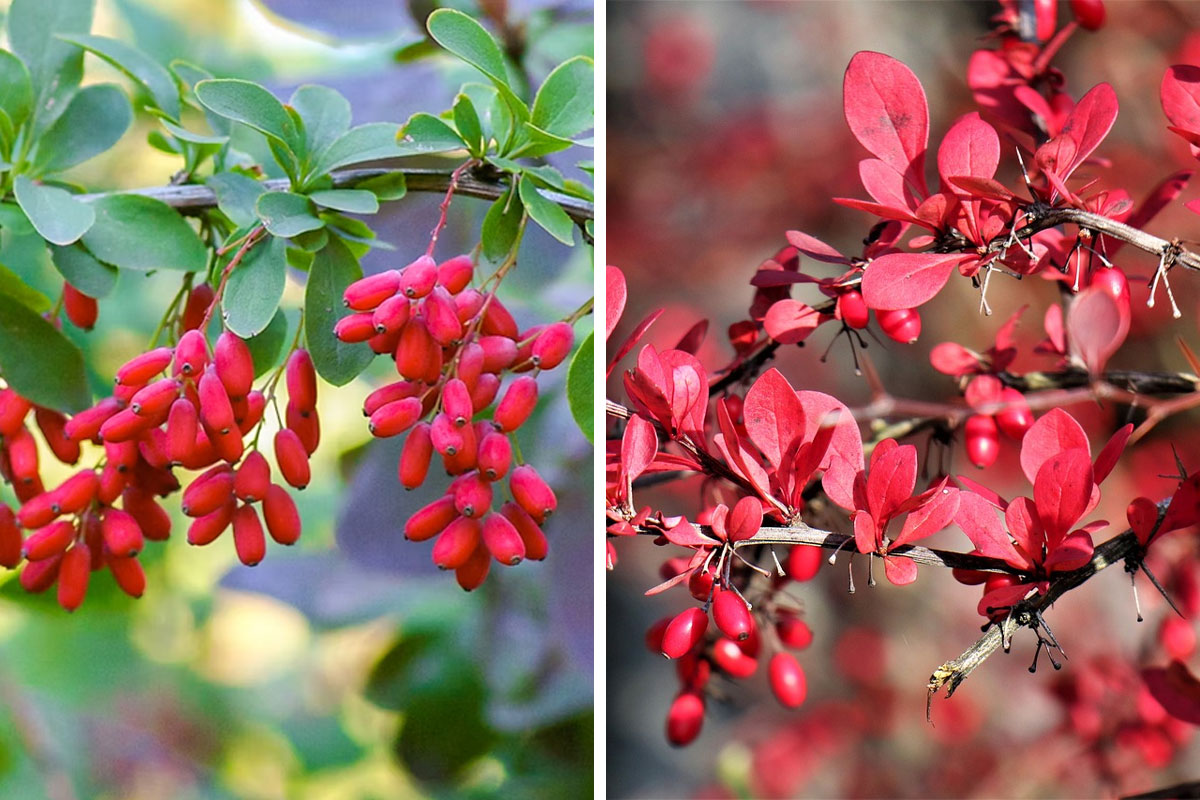
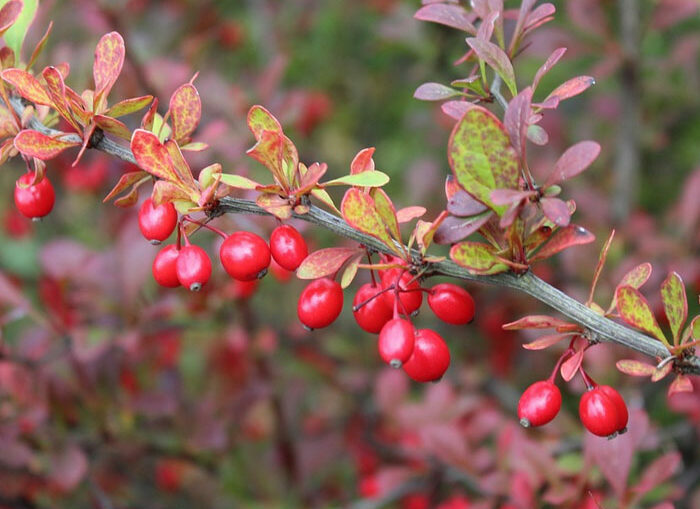

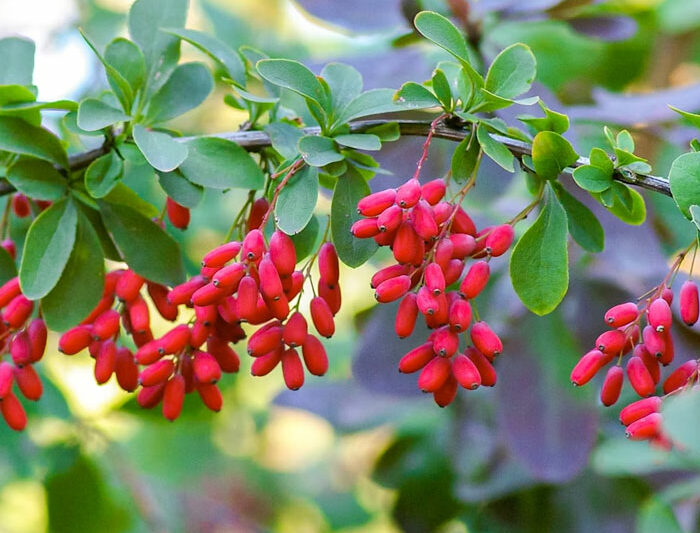

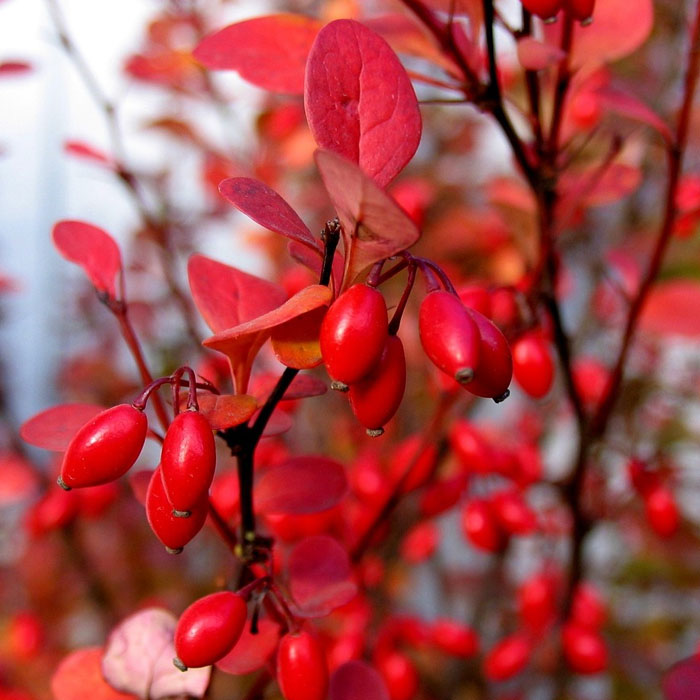
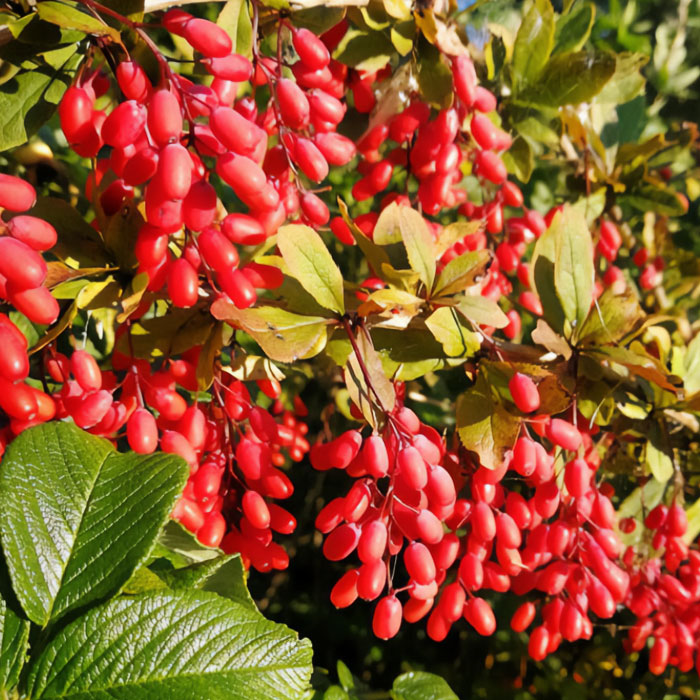
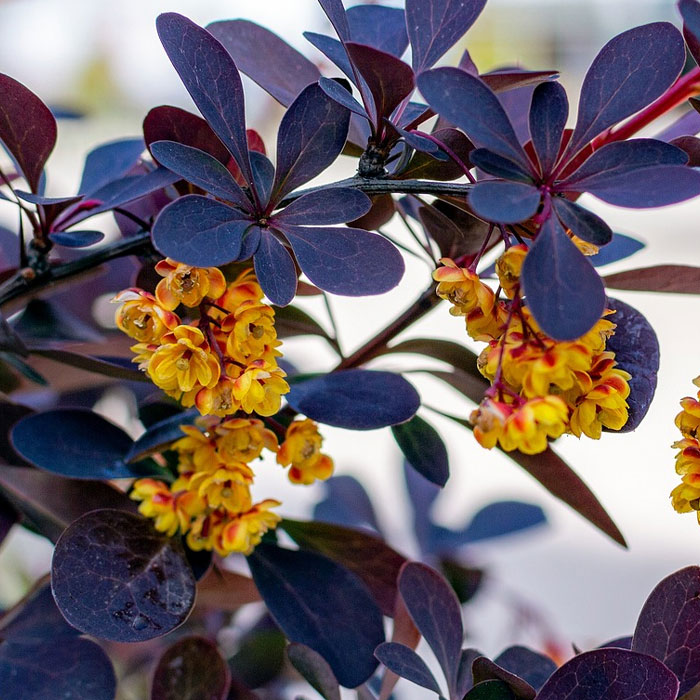
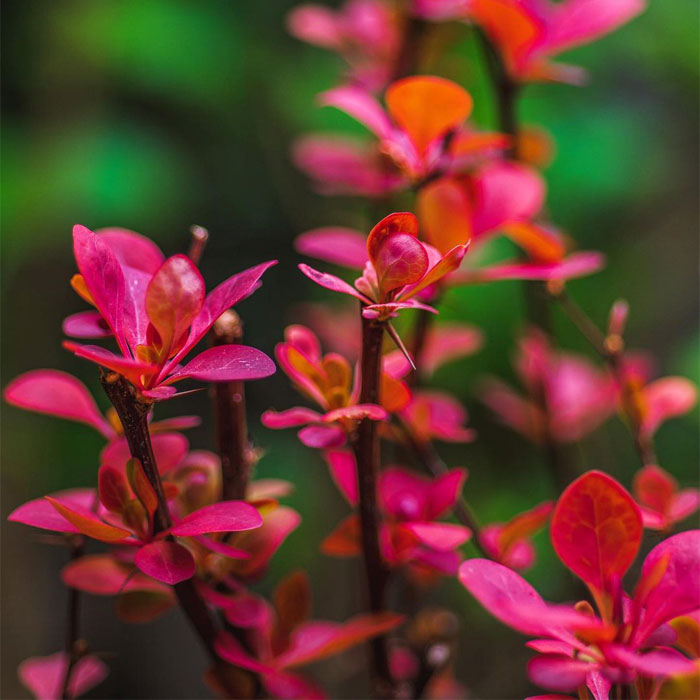
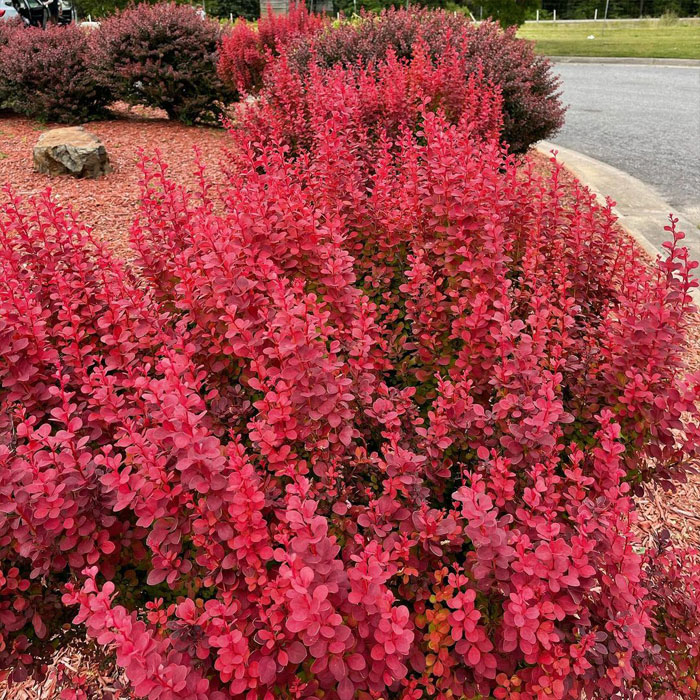
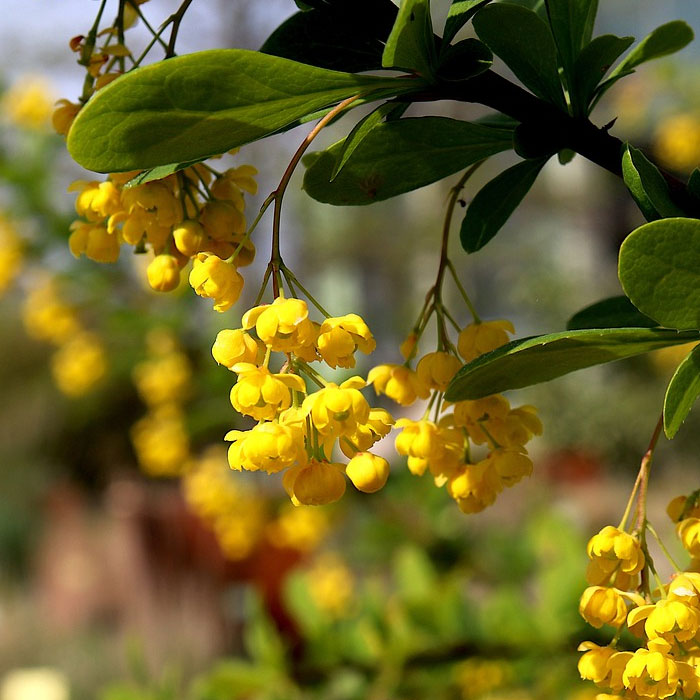
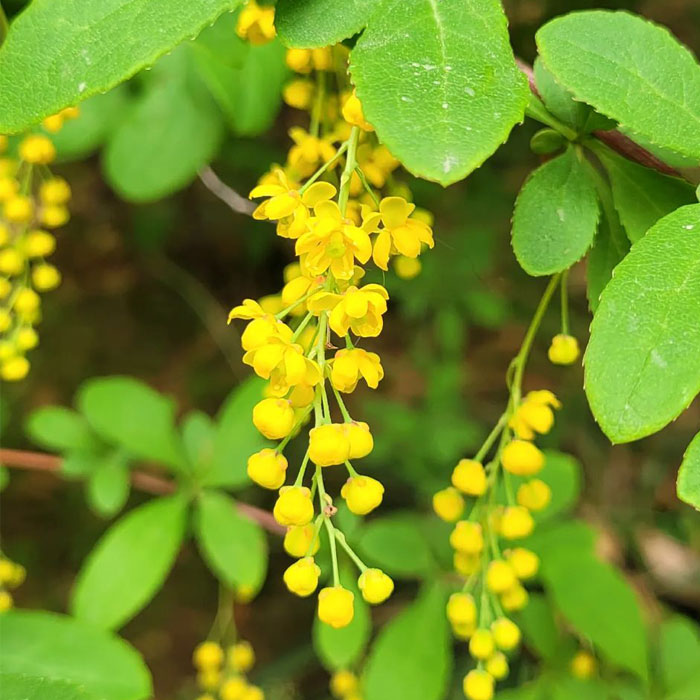
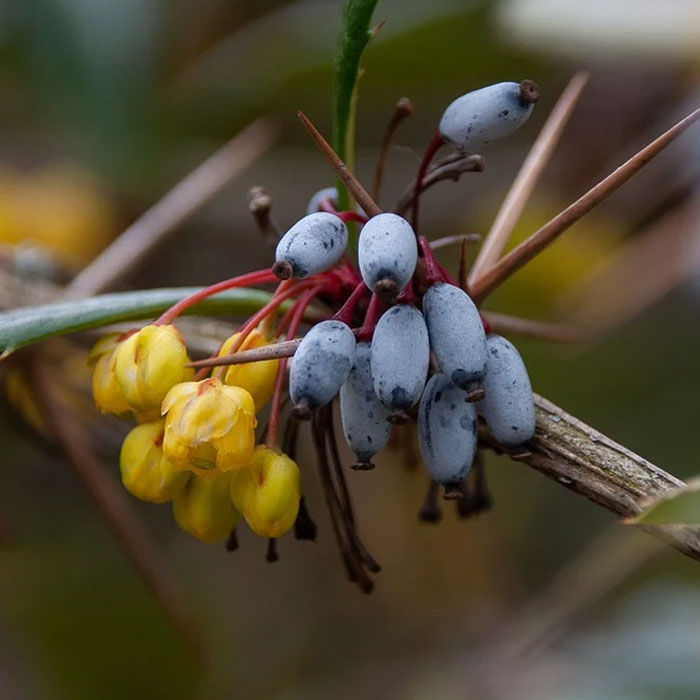









11
0